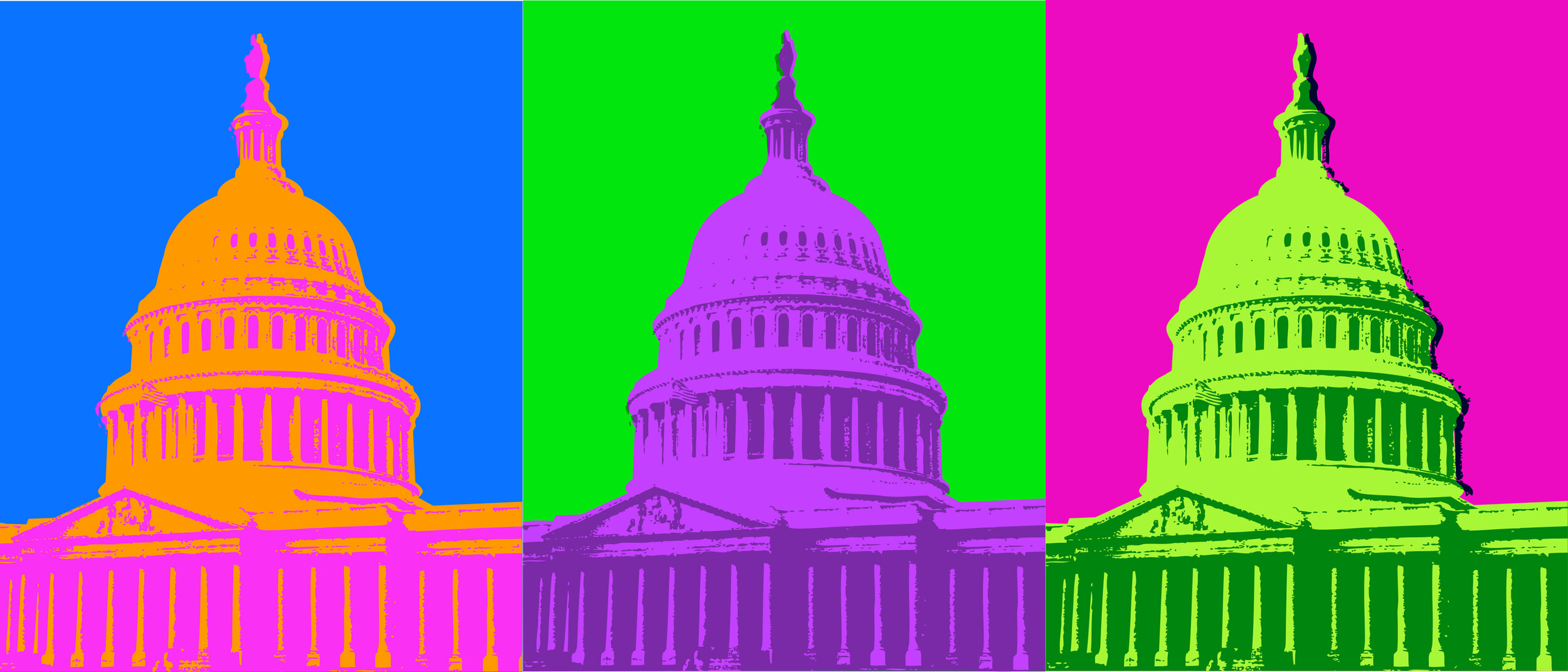The Rise of Political Ads in 2020
By Sami Jones, Digital and Communications Fellow
The year 2020 holds many important events, including the Summer Olympics in Tokyo and the U.S Presidential Election. With this in mind, the media coverage and the advertisements you consume will change drastically this year.
In recent years, political ad placements have covered all categories of traditional media including, TV, outdoor, direct mail, and print media. In addition to traditional media outlets, candidates have begun to invest more money into the digital ad space. Companies like Facebook and Google will see an increase in digital ad sales due to political campaign ads. Google is still accepting political ads but with limited ad features. On the other hand, companies like Spotify and Twitter decided not to let political ads run on their platforms. Twitter decided to ban all political ads indefinitely and Spotify cannot air political ads during early 2020 due to capacity issues.
This year, more candidates see the value of digital advertising after the effect it had in the 2016 presidential election with the ability to reach a bigger audience for a more reasonable price. Specific social media platforms allow political organizations and candidates to target people based on their demographics, locations, and interests. According to Campaigns&Elections.com, digital ad spending saw a 789% increase from 2012 to 2016. In future presidential elections beyond 2020, we can expect digital ad spending to continue to rise.
Candidates are spending a record amount of money for the 2020 presidential race. According to The Hill article, “Political Ad spending set to explode in 2020,” political ad spend is projected to approach $6 billion dollars during 2020. The amount of TV and broadcasting spend has doubled since 2016. According to a New York Times article, Bloomberg and Trump brought Super Bowl Sunday ads at $10 million each. Political ads during the Super Bowl rarely occur; however, with the two billionaires battling for the presidency, ad spending has increased dramatically.
In terms of what campaign funding can do for a particular candidate, money does not always guarantee a win, but it helps in understanding who can enter the race in the beginning. A FiveThirtyEight article states, “Another example of where money might matter: Determining who is capable of running for elected office, to begin with.” The article later states, “In other words, the arms race of unnecessary campaign spending could help to enshrine power among the well-known and privileged.” Otherwise stated, some candidates have a disadvantage or an advantage depending on if they enter a race with money backing them.
Because of the electoral college system, some states will experience more political ads at certain times than others. According to The Hill, Florida, Pennsylvania, North Carolina, Michigan, Arizona, and Nevada can expect to see $100 million of ad revenue pumped into their state. Also, Democrats are expected to spend a whopping $250 million in New Hampshire and $125 million in Iowa.
Watch out 2020! Politics are taking over your ad space. Let the race begin!

